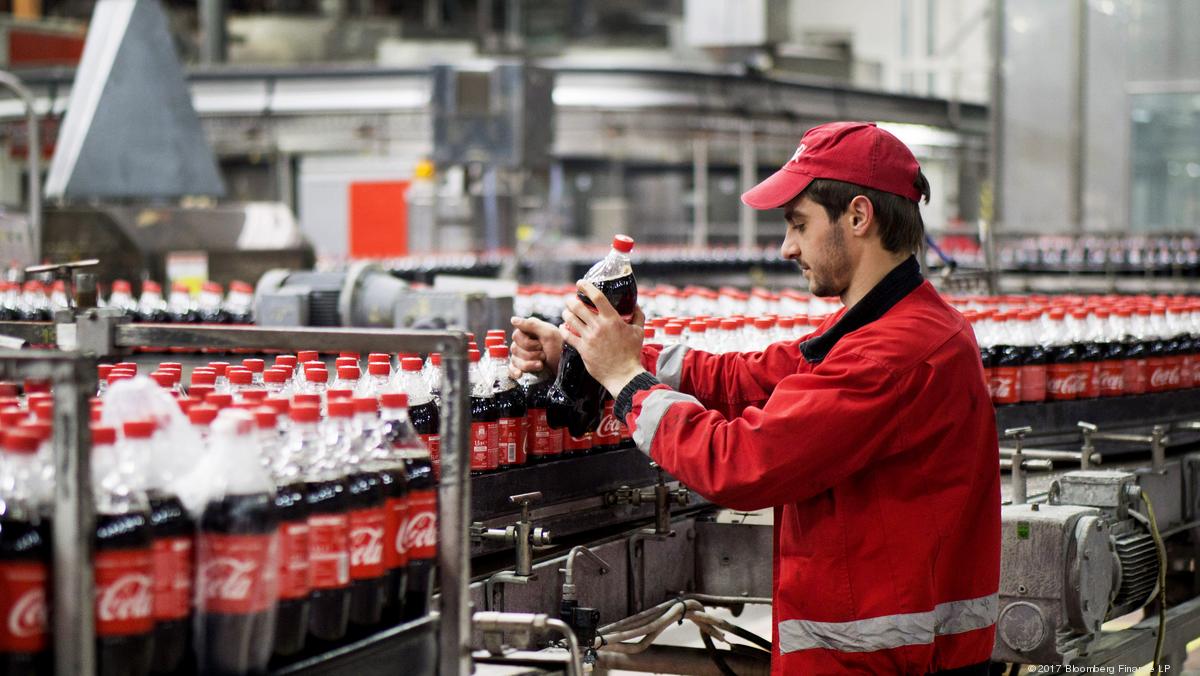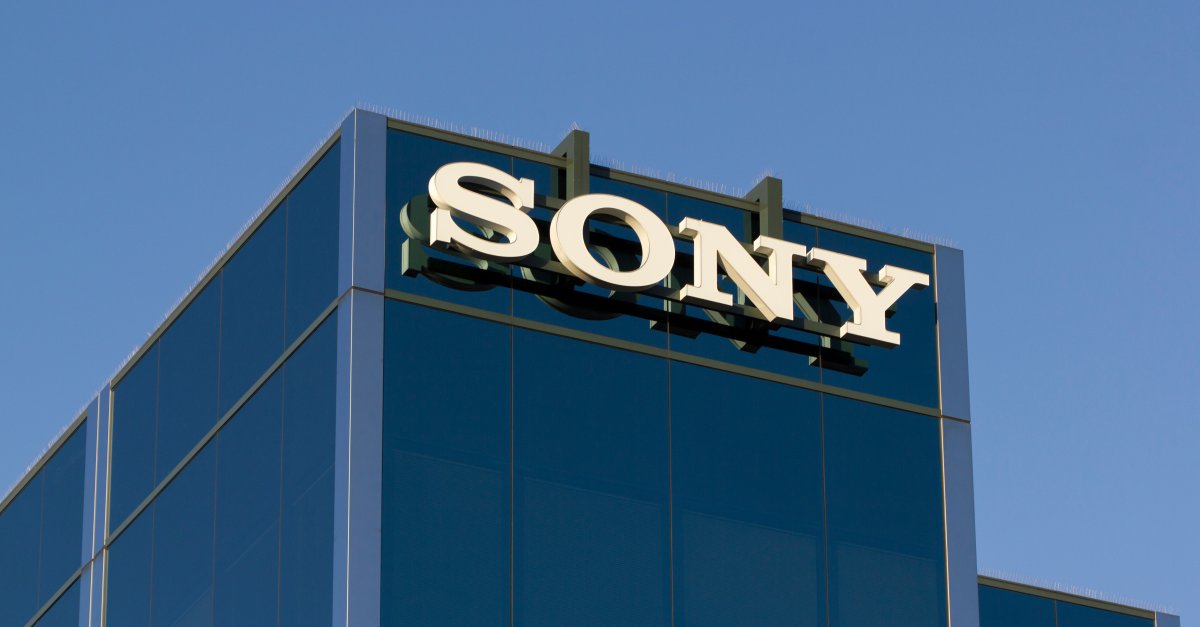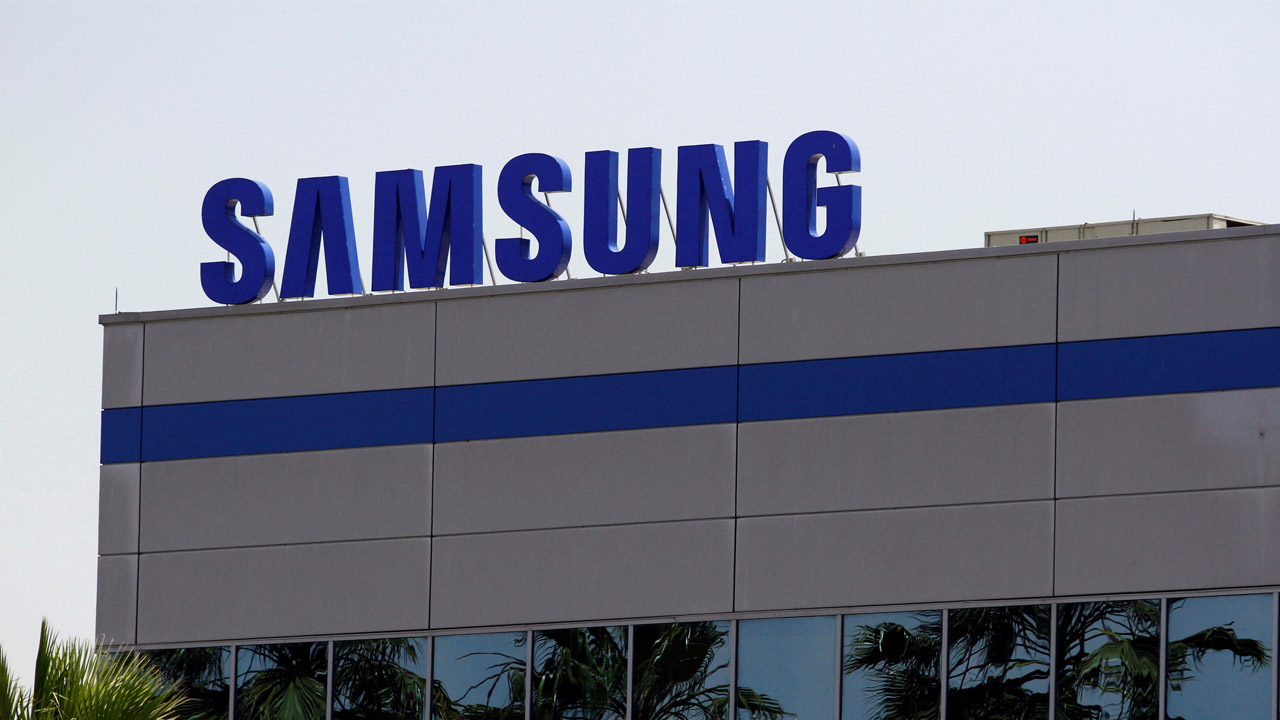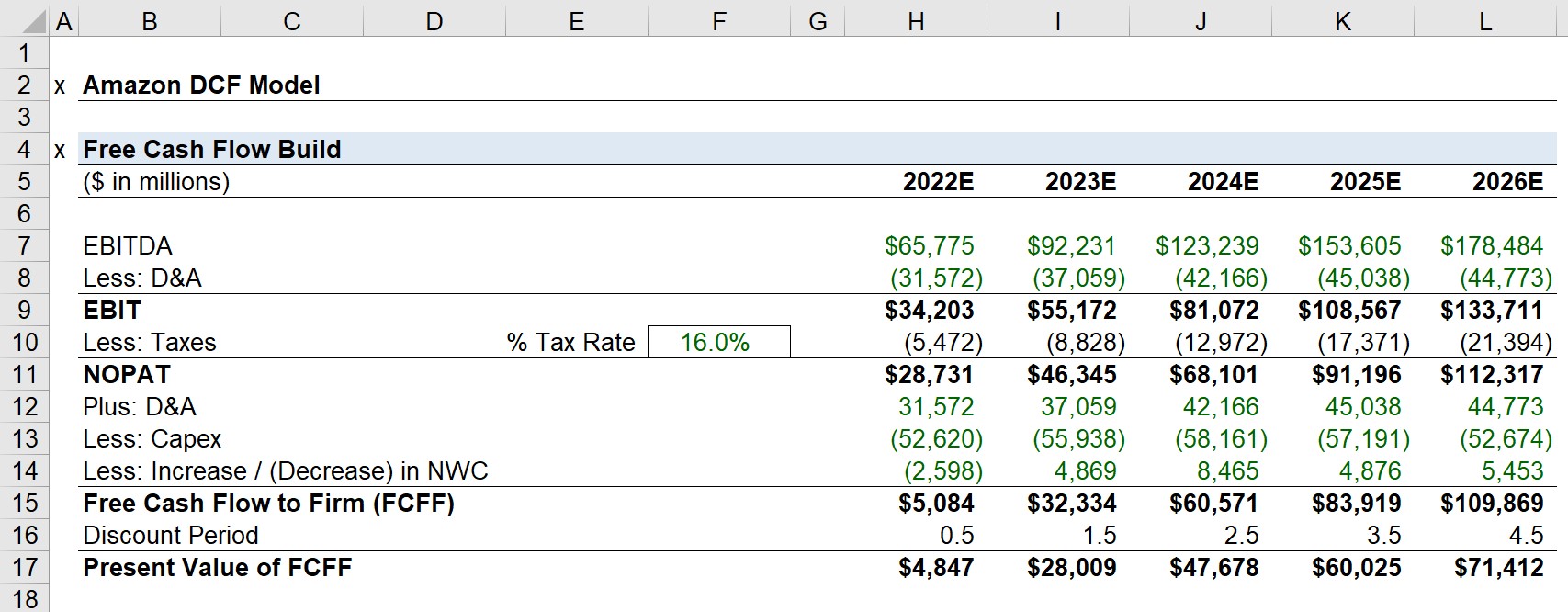

Finance
What Is Coca Colas Capital Structure
Modified: December 30, 2023
Discover the finance behind Coca Cola's capital structure. Learn how this global beverage giant manages its finances and ensures sustainable growth.
(Many of the links in this article redirect to a specific reviewed product. Your purchase of these products through affiliate links helps to generate commission for LiveWell, at no extra cost. Learn more)
Table of Contents
Introduction
When it comes to successful businesses, one of the key factors that contributes to their stability and growth is a well-structured capital structure. The capital structure of a company refers to the way it finances its operations through a combination of debt and equity.
In this article, we will delve into the capital structure of Coca Cola, one of the world’s most renowned beverage companies. We will explore how Coca Cola strategically manages its capital to maximize its financial position and achieve its long-term goals.
Coca Cola needs no introduction. Established in 1886, it has become a global leader in the beverage industry, with a diverse product portfolio that includes popular brands like Coca Cola, Sprite, Fanta, and Dasani. The company has a widespread presence across 200 countries and serves billions of consumers each day.
By understanding the capital structure of Coca Cola, we can gain insights into its financial health and decision-making process. This will give us a deeper understanding of how the company manages its financial obligations and the risks it faces in order to maintain its position as a market leader.
So, let’s dive into the details of Coca Cola’s capital structure and explore how it has positioned itself for long-term success.
Definition of Capital Structure
Before we delve into Coca Cola’s capital structure, let’s first understand what capital structure means. In simple terms, capital structure refers to the proportion of a company’s financing that comes from debt and equity.
Debt financing involves borrowing money from external sources, such as banks or bondholders, which the company must repay over a specific period of time with interest. Equity financing, on the other hand, refers to funds raised by issuing shares of stock to investors, who become partial owners of the company.
A company’s capital structure can have a significant impact on its financial stability, risk profile, and ability to generate returns for investors. By carefully balancing debt and equity, companies can optimize their capital structure to achieve their financial goals.
It is important to note that there is no universally “ideal” capital structure that applies to all companies. The optimal capital structure varies depending on factors such as the industry, the company’s growth stage, its profitability, and its risk tolerance.
Now that we have a clear understanding of capital structure, let’s explore how Coca Cola manages its finances to support its business operations and expansion plans.
Overview of Coca Cola
Coca Cola is a global beverage company that has made a mark with its iconic products and extensive reach. With a history dating back to 1886, Coca Cola has established itself as a household name and a leader in the beverage industry.
The company boasts a diverse portfolio of brands that cater to a wide range of consumer preferences. From the classic Coca Cola soda to popular choices like Sprite, Fanta, and Dasani water, Coca Cola has successfully built a stronghold in the global market.
Besides its impressive product range, Coca Cola’s success can also be attributed to its robust distribution and marketing strategies. The company has a sprawling network that enables its products to be available in almost every corner of the world, making it accessible to billions of consumers.
Coca Cola’s commitment to innovation and adaptation has played a crucial role in its longevity and sustained growth. Over the years, the company has expanded its product offerings to include healthier options, such as low-calorie and sugar-free beverages, to meet changing consumer preferences.
Furthermore, Coca Cola has embraced sustainability as a key pillar of its business strategy. The company is actively working towards reducing its environmental impact, promoting recycling initiatives, and ensuring responsible sourcing of ingredients.
In terms of financial performance, Coca Cola has consistently delivered solid results. Its strong brand loyalty, extensive distribution network, and effective marketing campaigns have contributed to its stable revenue streams and profitability.
With a clear understanding of Coca Cola’s position in the market, let’s now explore how the company structures its capital to support its operations and drive further growth.
Coca Cola’s Capital Structure
As a global beverage giant, Coca Cola has strategically managed its capital structure to maintain financial stability and support its business operations. The company’s capital structure consists of a combination of debt and equity, carefully balanced to optimize its financial position.
Coca Cola primarily relies on equity financing to fund its operations. The company has issued shares of stock to investors, who become shareholders and partial owners of the company. This equity financing provides Coca Cola with a solid foundation of capital and allows it to maintain control over its operations.
However, in order to further support its growth initiatives, Coca Cola also utilizes debt financing. The company has the ability to borrow money from external sources, such as banks, to fund its strategic initiatives. This debt financing allows Coca Cola to access additional capital without diluting its ownership through issuing more equity shares.
By combining equity and debt financing, Coca Cola creates a capital structure that provides a mix of long-term stability and flexibility. The company can access the necessary funds for investments, acquisitions, and expansion plans while managing its financial obligations effectively.
It is important to note that Coca Cola’s capital structure is not static and can change over time. The company evaluates its financing needs and market conditions to make informed decisions about its capital structure. This flexibility allows Coca Cola to adapt to changing market dynamics and optimize its financial position.
Next, let’s explore the components that make up Coca Cola’s capital structure and how they contribute to the company’s overall financial health.
Components of Coca Cola’s Capital Structure
Coca Cola’s capital structure consists of various components that contribute to its overall financial framework and stability. These components include equity, debt, and retained earnings, all of which play a crucial role in supporting the company’s operations and growth.
Equity: As mentioned earlier, equity financing is a significant component of Coca Cola’s capital structure. The company has issued shares of stock to investors, which represents their ownership in the company. Shareholders provide capital to Coca Cola in exchange for a stake in the company’s profits and decision-making. By having a strong base of equity, Coca Cola maintains control over its operations and can attract investors who believe in its long-term potential.
Debt: In addition to equity financing, Coca Cola also utilizes debt financing to support its financial needs. The company can issue bonds or borrow money from financial institutions to obtain the necessary funds for various purposes, such as capital investments, research and development, and acquisitions. By leveraging debt, Coca Cola can access additional capital without diluting its ownership. However, it is important to carefully manage debt levels to ensure financial stability and the ability to meet repayment obligations.
Retained Earnings: Retained earnings are a key component of Coca Cola’s capital structure. These are the profits generated by the company that have not been distributed to shareholders as dividends. Instead, Coca Cola reinvests these earnings back into the business to fuel growth and expansion. Retained earnings provide a valuable source of internal capital that can be utilized for research and development, marketing initiatives, and other strategic investments.
By effectively managing these components, Coca Cola maintains a well-balanced capital structure that supports its operations, facilitates investments, and ensures financial stability.
Now that we understand the components of Coca Cola’s capital structure, let’s examine the debt-to-equity ratio, which is a key indicator of the company’s financial health and risk profile.
Debt-to-Equity Ratio of Coca Cola
The debt-to-equity ratio is a financial metric that measures the proportion of a company’s debt to its equity. It is a key indicator of the financial risk and leverage of a company. For Coca Cola, a careful balance between debt and equity is crucial in maintaining financial stability and flexibility.
The debt-to-equity ratio is calculated by dividing the total debt of the company by its total equity. A higher ratio indicates a higher level of debt relative to equity, which can expose the company to higher financial risks. On the other hand, a lower ratio indicates a more conservative financing approach with a lower risk profile.
Coca Cola has a history of maintaining a reasonable and sustainable debt-to-equity ratio. While the actual ratio may vary over time, the company consistently manages its debt levels prudently to ensure financial stability and flexibility.
By maintaining a balanced debt-to-equity ratio, Coca Cola can access external capital through debt financing while preserving a strong equity base. This enables the company to fund strategic initiatives, such as acquisitions or capital investments, without overburdening its financial position.
Additionally, a healthy debt-to-equity ratio allows Coca Cola to take advantage of favorable market conditions, such as low interest rates, to optimize its cost of borrowing. By carefully managing its debt obligations, the company can mitigate financial risks and maintain optimal financial health.
It is important to note that the ideal debt-to-equity ratio may vary depending on the industry and the company’s specific financial objectives. Coca Cola’s approach to capital structure takes into account its growth plans, profitability, cash flow, and market conditions.
By carefully analyzing and managing its debt-to-equity ratio, Coca Cola ensures that it maintains a strong financial position, supports its growth initiatives, and remains resilient in an ever-changing market environment.
Now, let’s explore the benefits and drawbacks of Coca Cola’s capital structure.
Benefits and Drawbacks of Coca Cola’s Capital Structure
Coca Cola’s capital structure offers several benefits that contribute to the company’s financial stability and operational success. However, like any capital structure, there are also potential drawbacks to consider. Let’s examine both the benefits and drawbacks of Coca Cola’s capital structure.
Benefits:
- Financial Stability: Coca Cola’s balanced combination of debt and equity provides a solid foundation of capital and helps maintain financial stability. By utilizing equity financing, the company has a strong ownership base and can attract long-term investors committed to its success.
- Flexibility: The inclusion of debt financing allows Coca Cola to access additional capital without diluting its ownership or control. This flexibility enables the company to fund strategic initiatives, such as expansion plans or acquisitions, which can drive growth and enhance shareholder value.
- Optimized Capital Costs: By carefully managing its capital structure, Coca Cola can optimize its cost of borrowing. When interest rates are favorable, the company can take advantage of debt financing to fund projects or investments at lower borrowing costs, contributing to improved profitability.
- Risk Diversification: The combination of debt and equity financing allows Coca Cola to diversify its risk profile. By having a mix of internal and external capital sources, the company can better manage financial risks and potential fluctuations in the market.
Drawbacks:
- Interest Payments: The utilization of debt financing means that Coca Cola is obligated to make regular interest payments to lenders. These interest payments can impact the company’s profitability and cash flow, especially during periods of high interest rates or economic downturns.
- Increased Financial Obligations: The presence of debt in Coca Cola’s capital structure means the company takes on financial obligations and must meet repayment schedules. Failing to meet these obligations could negatively impact the company’s credit rating and investor confidence.
- Market Volatility: The addition of debt can amplify the impact of market volatility on Coca Cola’s financial position. Factors such as fluctuating interest rates or unfavorable economic conditions can increase the financial risks associated with the company’s debt obligations.
- Impact on Credit Rating: Excessive debt levels or poor management of the debt-to-equity ratio can result in a downgrade of Coca Cola’s credit rating. A lower credit rating can make it more challenging and costly for the company to access future financing.
Overall, Coca Cola’s capital structure balances the benefits of financial stability, flexibility, and optimized costs with potential drawbacks related to interest payments, financial obligations, market volatility, and credit ratings. By carefully managing its capital structure, Coca Cola aims to maximize value for its shareholders and ensure long-term financial success.
Finally, let’s conclude our exploration of Coca Cola’s capital structure.
Conclusion
Coca Cola has established itself as a global leader in the beverage industry, and its capital structure plays a critical role in supporting its operations and driving its growth. By strategically managing its capital structure, Coca Cola maintains financial stability, flexibility, and access to funds for strategic initiatives.
The company’s capital structure consists of a well-balanced mix of equity and debt financing. By issuing shares of stock, Coca Cola ensures a strong ownership base and attracts investors who believe in the company’s long-term potential. At the same time, debt financing allows Coca Cola to access additional capital without diluting ownership, providing flexibility and enabling the funding of expansion plans and investments.
The debt-to-equity ratio is carefully managed by Coca Cola to maintain financial health and mitigate risks. This ratio reflects the proportion of debt to equity in the company’s capital structure and plays a key role in determining financial stability and risk profile.
Coca Cola’s capital structure offers several benefits, such as financial stability, flexibility, optimized capital costs, and risk diversification. However, there are potential drawbacks, including interest payments, increased financial obligations, market volatility, and the impact on credit ratings.
Overall, Coca Cola’s prudent management of its capital structure allows the company to maintain a strong financial position, support its operations, and pursue growth opportunities. By balancing debt and equity, Coca Cola navigates the complex landscape of the beverage industry while striving to deliver value to its shareholders.
As Coca Cola continues to evolve and adapt to changing market dynamics, its capital structure will remain a vital component of its financial strategy. By carefully evaluating market conditions, managing debt levels, and optimizing its ratio of debt to equity, Coca Cola aims to ensure long-term success and sustain its position as a global beverage powerhouse.














